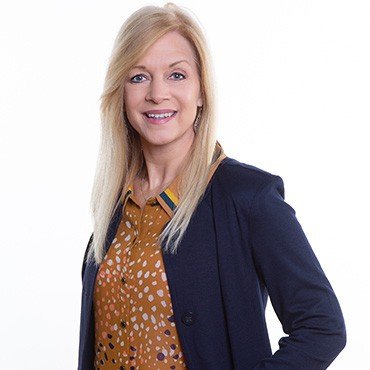
BlackBerry. Kodak. Borders Books. At one time, these brands were the undisputed front-runner in their respective category, but now they either are struggling or have disappeared entirely. In hindsight, the reason seems clear—they failed to take advantage of changes in the market while competitors capitalized on emerging opportunities. Why did it happen? Was it corporate bureaucracy? Risk avoidance? Complacency? Or failing to recognize unspoken needs or how to meet them?
Missing market opportunities is common. Typically, companies look for new product and service direction by conducting traditional customer focus groups and surveys with the general population, which can yield average if not disappointing results. The approaches aren’t necessarily the problem—it’s who participates. Most consumers can talk about what they know and react to what they see, but only a few can provide insight into how things should and could be instead of how things are. These select individuals are called lead users.
Brands Praise Lead User Innovation
The term “lead user” may sound familiar. The concept of collaborating with lead users to identify market opportunities and solutions was introduced in the mid-80s by Eric Von Hippel, now head of the Innovation and Entrepreneurship Group at the MIT Sloan School of Management. By all accounts it’s a highly effective approach. Empirical studies show that companies that work with lead users develop new products that are accepted by the market at a greater diffusion rate than organizations using traditional methods. 3M credits lead user collaboration for much of its innovation success, as do Adidas, Lego and BMW. And one of the most successful products of all time, the Apple iPod, tapped into lead users’ insights and behaviors to develop its approaches for downloading music by track, building digital playlists and creating personalized radio programs.
Companies Are Slow to Adopt Lead User Approach
In spite of these successes, only a handful of companies have embraced working with lead users, in part because lead users represent a small portion of the population and can be difficult to find. Lead users are unique in that they become aware of needs that eventually will be widely recognized by the general market, and do so months or years before other consumers. According to Von Hippel, “a lead user is not an ‘early adopter’ or an ‘innovator’ as that term is used in studies of diffusion. A lead user is ahead of all the categories of adopter listed on a traditional innovation diffusion curve…Lead users of a new product or service exist before any firm has developed a commercial product or service that is responsive to their leading-edge needs.”
Lead users also are highly motivated to address their own needs, often developing workarounds because what they want or need isn’t currently available. Aside from foresightedness and personal motivation, the attributes of a lead user change from category to category, so there is no list to buy, no convenient off-the-shelf community. Lead users also might not be part of a company’s current customer base; they might be a competitor’s customer or customers of a company outside the industry.
How to Identify Lead Users
Although it requires time and effort to identify the attitudes, traits and behaviors that define lead users for specific situations and categories, it can be done. Some universal attributes to look for include:
- Experience within the category of interest
- Level of motivation to see the category’s unmet needs addressed
- History of attempting to proactively solve unmet needs
- Frequency of developing solutions
- Overall degree of willingness to share perceptions and opinions about unmet needs
Energy Foods: A Case Study
Is it worth the effort to find these unique individuals? I believe so. I worked with one of the world’s largest FMCG companies planning to enter an emerging category: energy-boosting foods. We created a micro-community of category lead users and collaborated with it every few weeks over eight months. During that time, we discovered where current snacks fell short, identified ingredients and combinations that would satisfy energy needs, developed packaging appropriate for specific snacking occasions and evaluated product formulations. The company introduced the snack in select markets successfully, and has since made it available throughout the US.
Next Step
If improving your company’s innovation process through lead users sounds intriguing, send us a note to discuss how Escalent can help.









